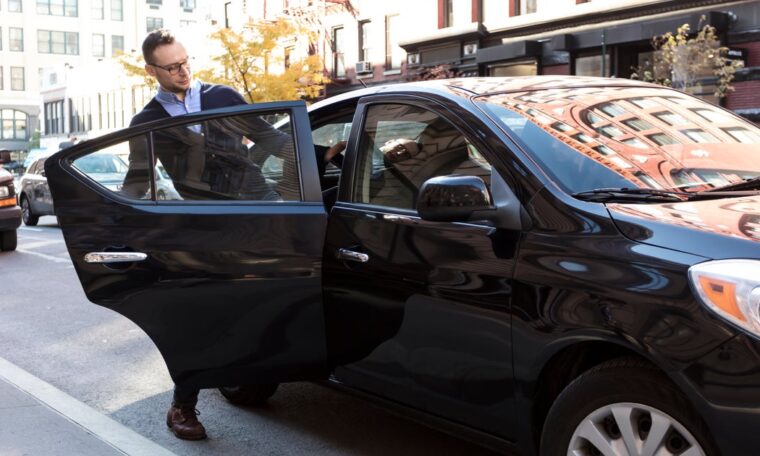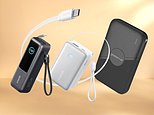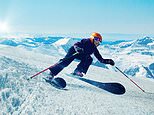
Taxis and ride shares such as Ubers are great transportation options. Whether you’re in a new city and don’t want to navigate the busy streets on your own or need a reliable way to get to your destination, hailing a car can be a convenient choice.
However, it does come with a few risks ― one of them being coming in contact with germs.
“We do not live in a sterile environment,” said Dr. Graham Snyder, the medical director of infection prevention and hospital epidemiology at the University of Pittsburgh Medical Center in Pennsylvania. “Surfaces all around us may have bacteria, fungi and viruses.”
A car is not the most spacious area, and there are many points in a vehicle that passengers and the driver may touch and potentially spread germs.
“The most common point that will generally contain germs are called ‘high-touch areas,’” said Kevin W. Garey, professor and chair at the University of Houston College of Pharmacy. “As the name suggests, these will be the places that most people will touch when they enter a car.”
This means you can come in contact with germs when touching surfaces such as:
The seat belt buckle.The door handles.Window buttons.
These tend to harbor the most germs because they are “nonporous and touched by every rider, which means microbes collect and transfer easily to hands,” explained Kelly A. Reynolds, chair of the department of community, environment and policy at the University of Arizona.
Surface transmission is possible in a cab or rideshare, especially with bacteria and viruses that cause stomach illnesses like E. coli and norovirus.
“These germs can survive for days to weeks on environmental surfaces,” Reynolds said. “For respiratory germs, such as COVID-19 and flu viruses, surface transmission is generally low risk compared to breathing shared air in a small car.”
If you are worried about contracting respiratory germs, Snyder suggested wearing a mask. “Wearing a mask can reduce the risk of being exposed to viruses transmitted through the air when you are in close contact with others.”
“Getting vaccinated against influenza and COVID-19 and RSV and pneumococcus for those eligible can reduce your risk of getting sick if you are exposed,” he continued.
Respiratory viruses can contaminate a shared surface when someone sneezes, coughs or contaminates their hand and then touches the surface.
“A subsequent passenger could get sick if they touch this surface with their hand and then touch their mouth, nose, face or eyes without performing hand hygiene,” Snyder explained.
Nisian Hughes via Getty Images
Car door handles are some of the germiest things you can touch when hailing a ride.
As for how long these germs survive on the surface, data shows viruses like COVID can live there for several days. However, Snyder said, this “depends on environmental factors such as ultraviolet light exposure, temperature, humidity and surface type, as well as the inoculum (the number of microorganisms) on that surface.”
He added that it is important to know that not all of these microorganisms in the environment have the potential to, or are likely to, make us sick. “So the concentration of microorganisms is only important if the microorganism is a threat.”
When touching a contaminated surface, it’s key to practice hand hygiene to avoid infection. Ideally, this means washing your hands with soap and water. As a backup, you can use alcohol-based hand sanitizer, but keep in mind it doesn’t kill germs such as norovirus.
Touching your mouth, face or nose can increase your risk of infection after touching the contaminated surface. “Thus, the best thing to do is be aware of this and keep your hands away from your face,” Garey stressed. “This takes a little practice but can become routine when you think about it for a while.”
YourSupportMakes The Story
Your SupportFuelsOur Mission
Your SupportFuelsOur Mission
Join Those Who Make It Possible
HuffPost stands apart because we report for the people, not the powerful. Our journalism is fearless, inclusive, and unfiltered. Join the membership program and help strengthen news that puts people first.
We remain committed to providing you with the unflinching, fact-based journalism everyone deserves.
Thank you again for your support along the way. We’re truly grateful for readers like you! Your initial support helped get us here and bolstered our newsroom, which kept us strong during uncertain times. Now as we continue, we need your help more than ever. We hope you will join us once again.
We remain committed to providing you with the unflinching, fact-based journalism everyone deserves.
Thank you again for your support along the way. We’re truly grateful for readers like you! Your initial support helped get us here and bolstered our newsroom, which kept us strong during uncertain times. Now as we continue, we need your help more than ever. We hope you will join us once again.
Support HuffPost
Already a member? Log in to hide these messages.
If you’re interested in taking extra precautions, Reynolds said, using disinfecting wipes across high-touch surfaces in the car and your phone screen (which is another high-touch surface that is easily cross-contaminated) can help reduce your risk of infection.
“This targeted hygiene approach focuses on disinfection of key hand-touch surfaces at specific moments rather than indiscriminate overuse of products,” Reynolds noted.
If you are the one who is feeling sick, Snyder said, staying home is the best way to avoid getting others sick. If that isn’t an option, wearing a mask, washing your hands often, and covering your mouth when coughing and nose when sneezing can prevent spreading your germs to others.
Source link
CHECK OUT: Top Travel Destinations
READ MORE: Travel News



